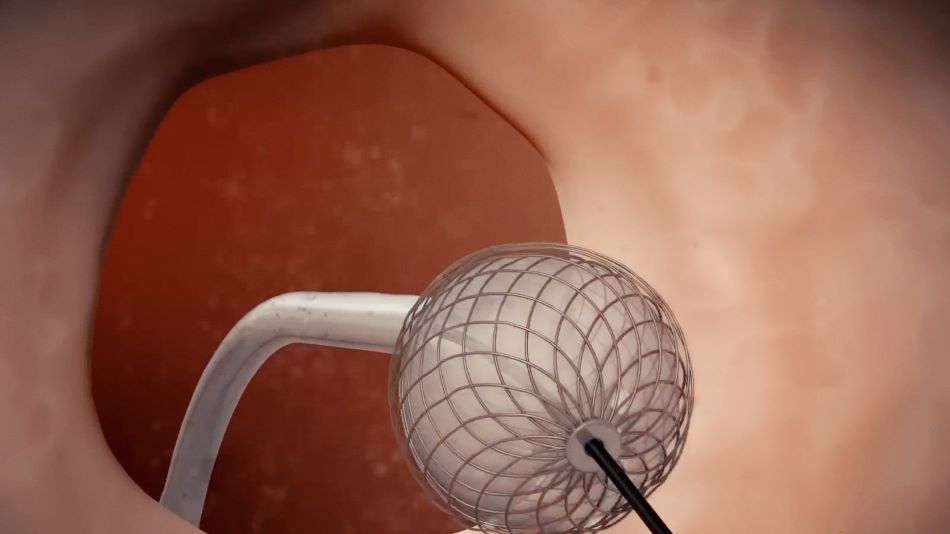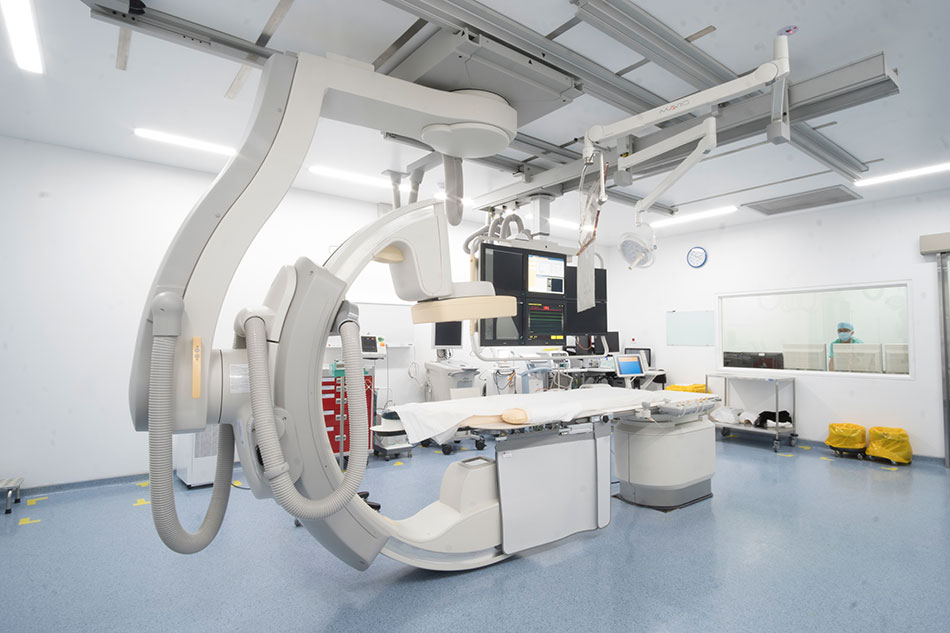Young people often tend to overlook their health and perceive strokes as an affliction primarily affecting older adults. However, the actual statistics might come as a surprise.
Per records from FV Hospital, approximately 25 per cent of stroke cases requiring emergency treatment involve young adults aged between 18 and 55 years old, a number that is progressively increasing each year. The causes of stroke in young individuals significantly differs from those in older adults.
Unexpected Stroke at 35 Years Old
In October, Ms Jennifer (35 years old, from Israel) was brought to FV Hospital by her family, experiencing fatigue, numbness in her arm, and half of her face being unresponsive. Recognising these as typical stroke symptoms, cardiology specialists promptly conducted brain imaging for the patient. The results indicated acute cerebral infarction.
The patient received intensive treatment and her blood pressure and heart rate were stabilised, leading to a rapid recovery of her health. However, Ho Minh Tuan, MD, PhD, Head of the Cardiology Department at FV Hospital, explained that to prevent the risk of recurrence, the patient needed to stay in the hospital for an additional four days for observation and to determine the cause of the stroke.

Ho Minh Tuan, MD, PhD and the team performed a PFO Closure Procedure for the patient’s stroke.
During the hospitalisation period for observation, Ms Jennifer underwent thorough screenings, including heart rate monitoring to detect atrial fibrillation, carotid artery ultrasound to detect plaque build-up, advanced echocardiography with contrast to identify a patent foramen ovale (PFO) in the heart, blood pressure measurement, and more. Eventually, the doctors identified the cause of the stroke originating from the PFO. This is a hole located between the two upper chambers of the heart, allowing a blood clot to pass through and travel to the brain.
“Every new-born has a patent foramen ovale, and typically, this hole closes between six months to a year after birth. However, about 20 per cent of adults still retain this oval-shaped hole in their hearts. This is a risk factor for causing strokes. Those who suffer a stroke due to this cause need to address it to prevent recurrence, especially in young patients,” Dr Tuấn further explained.
In the past, identifying a patent foramen ovale required invasive open-heart surgery, which posed several risks to the patient. However, with modern techniques, doctors can now perform PFO closure using a transcatheter approach without the need for general anaesthesia.

The patent foramen ovale (PFO) in the heart is closed using a procedure called “PFO closure” to prevent recurrent strokes.
The procedure involves inserting a small, specially designed umbrella-shaped device made of a particular alloy through a tiny incision of a few millimetres in the skin into a vein in the thigh. Dr Tuan and colleagues at FV guide a catheter carrying this compacted umbrella-like device to the location of the hole. The umbrella-like device is then released to seal the patent foramen ovale (PFO). The procedure lasts for approximately one hour and is performed while the patient is conscious, allowing for discharge on the same day. After 1.5 months, a follow-up examination showed that Ms Jennifer had fully recovered, and her symptoms had completely disappeared.
The causes of stroke in young individuals differ from those in older adults
Stroke at a young age, such as in the case of Jennifer, is no longer uncommon. At FV Hospital, a young stroke patient is brought in for emergency care almost every week. The proportion of young people arriving at FV Hospital with a stroke emergency accounts for approximately a quarter of cases and is gradually increasing each year. According to Dr Tuan, this rate reflects national statistics, where the number of stroke cases in young individuals (aged between 18 and 55) comprises around 20 per cent of the total 200,000 stroke patients in Vietnam.

Dr Ho Minh Tuan states that the second stroke episode tends to be more severe than the first.
The rate of recurrent strokes is five times higher than in individuals who have not had a stroke previously, and the second stroke is likely to be more severe. Therefore, preventing recurrent stroke is crucial.
According to Ho Minh Tuan, MD, PhD, to prevent recurrent stroke, it’s necessary to identify the cause of the initial stroke. The causes of stroke in young individuals differ from those in older adults. Approximately 20 to 30 per cent of stroke causes in young people are related to heart conditions: blood clots forming in the heart chambers or in the veins under the foot running through a hole in the heart going to the brain. Some people experience stroke due to blood clotting disorders, increased clotting leading to blockages in brain veins causing a stroke.
For women, some can experience stroke due to prolonged use of birth control pills containing high oestrogen levels. FV treated its youngest stroke patient, a 22-year-old woman, who had been using birth control pills for an extended period along with recent use of anti-inflammatory medication—Dr Tuấn believes the influence of these two medications resulted in the stroke.
Additionally, a sedentary lifestyle, family history of stroke, or having cardiovascular diseases can contribute to an increased risk of stroke in young individuals.
“Someone might have only one cause for their stroke, while others might have multiple causes. Hence, thorough screening to determine the cause and thereby prevent the risk of recurrent stroke is imperative,” affirms Dr Tuan.
Young stroke patients need to utilise the “golden time” for treatment
The chance of recovery for stroke patients greatly relies on receiving early treatment. “The golden time” to dissolve blood clots is typically within four to six hours. Beyond that, poor blood circulation can lead to brain tissue damage. Therefore, patients need to be brought to a healthcare facility as early as possible,” emphasises Dr Tuan.
However, young individuals often tend to be complacent about their health and often perceive strokes as a condition affecting older adults. As a result, many cases are brought to the hospital when symptoms worsen. Dr Tuan advises that anyone experiencing the following symptoms should urgently seek medical attention: blurred vision or vision loss on one side, slurred speech or difficulty speaking, facial drooping on one side, loss of balance, unsteady walking, or falling.

The Cathlab at FV is fully equipped to perform cardiac intervention procedures.
Over time, in the field of cardiac intervention, the methods and techniques for treating strokes have been continuously updated, increasing the chances of patient recovery. FV Hospital is equipped with a modern Cathlab room, fully equipped to perform stroke treatments: initial emergency care; thrombolytic therapy, thrombus aspiration, stent placement for critically ill patients. Additionally, the hospital applies functional recovery methods to help patients return to their normal lives early on.
Furthermore, FV places great emphasis on identifying the causes of strokes to prevent secondary causes. This helps improve the quality of life for patients after treatment.
Doctors also advise against using traditional techniques such as pricking fingers when a stroke is detected, as these methods have not been scientifically proven. “Focusing too much on folk remedies could delay the ‘golden’ treatment time for the patient,” said Dr Ho Minh Tuan.
For more information about cardiac services at the Cardiology Department, FV Hospital, please contact: (028) 35 11 33 33.



